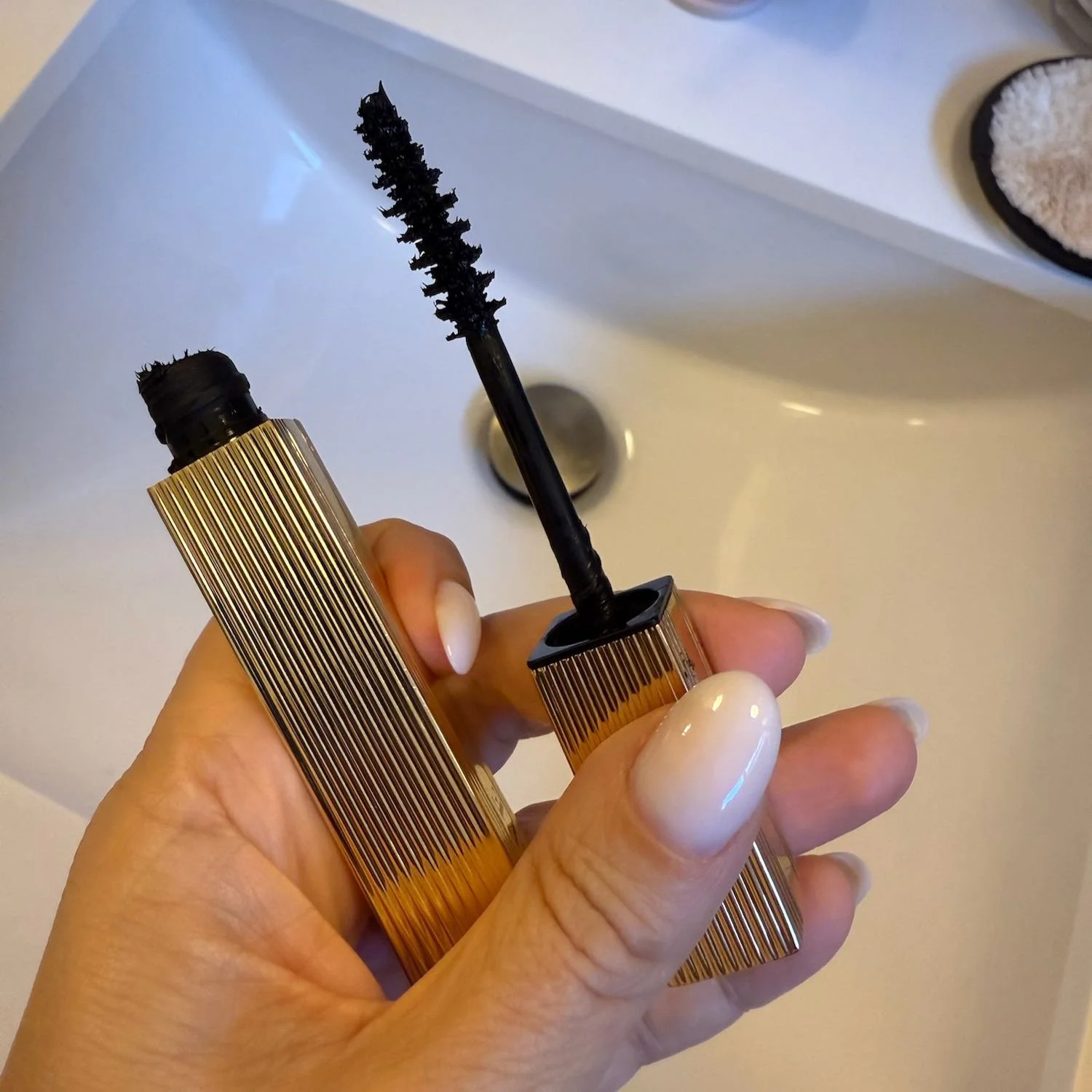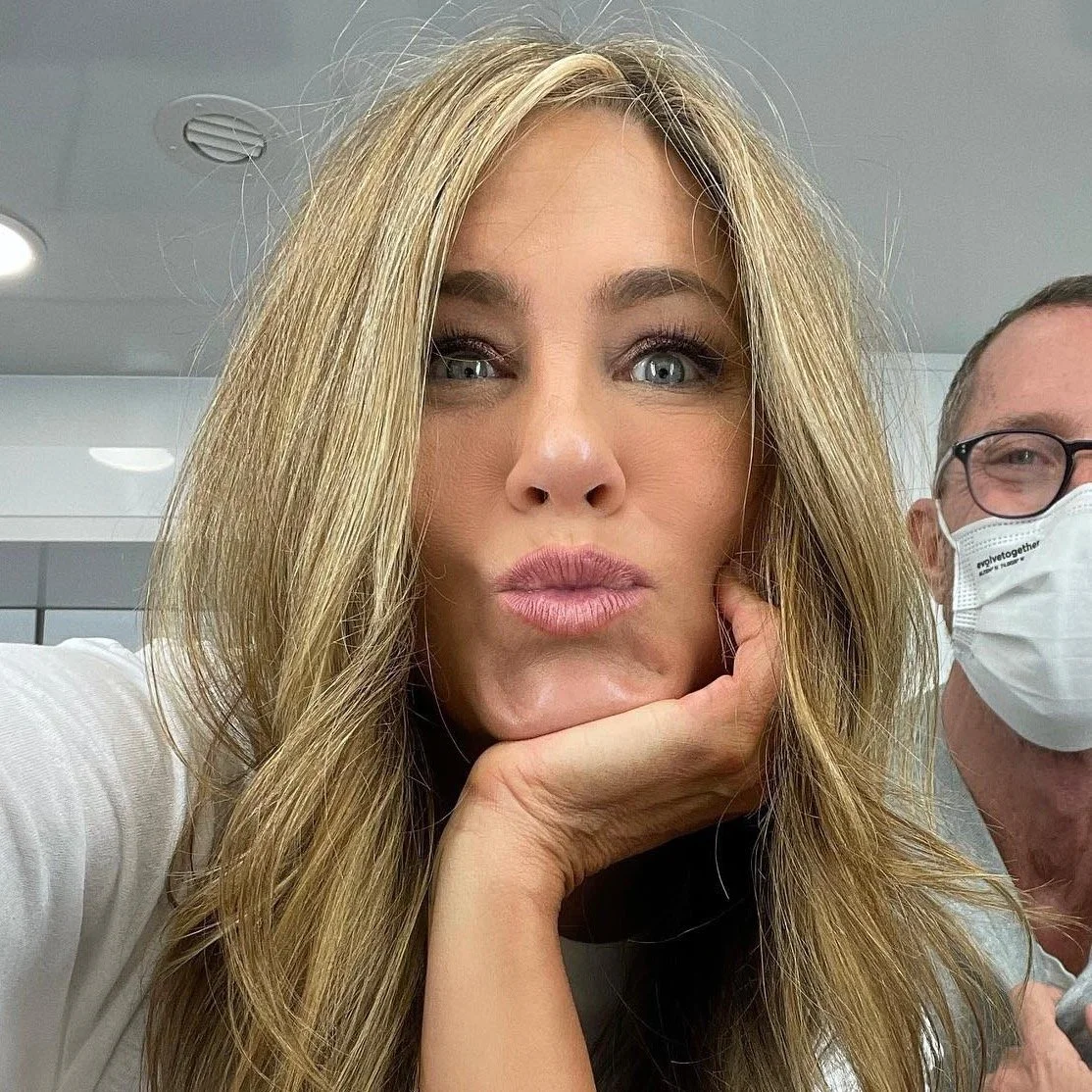How To Meditate If You Are Someone Who Truly Cannot Meditate
by Marissa Pomerance
I know. We’re getting pretty niche here.
But the benefits of meditation—for anxiety, for sleep, for (deep breath now) gratitude—are enormous and continually proven. We all know we should be doing it.
And yet. We aren’t. Because we can’t. Because it’s hard. Hard to maintain focus. Hard to sit still. Hard to feel like we’re doing right.
Also hard when we’re told to “focus on the breath” because focusing on the breath makes us start thinking about breathing which makes us anxious so now all we can think about is if we’re breathing OK or if there's something wrong with us and then we’re not really "meditating” and oh my god was that a heart murmur!?!
No? Just us?
Oh c’mon. It’s you too. You clicked into it!
Meditation is ALL about breathing, so if being alone with your thoughts and focusing on your breath makes your mind dive down a hypochondriacal death spiral too, we’ve got great news for you! All is not lost.
To figure out exactly how to meditate when we just CAN’T focus on our breath, we enlisted the help of our friend, Eve Lewis Prieto, Director of Meditation at Headspace— yes, she’s THAT soothing voice that lulls you to sleep in their NETFLIX show. I mean, just listen to her voice. It’s an ASMR masterpiece:
Why we should try meditation even if we think we can’t do it.
Before we get into the “how,” let’s discuss the “what” and “why” for a sec. Because we all feel like we’re doing it wrong, and that’s probably one of the reasons we feel so anxious when we meditate.
According to Eve, worrying about meditating correctly is actually a common part of the meditation learning curve. “We feel like the only way to successfully meditate is by clearing our mind of all noise, but in reality it's impossible to stop our thoughts. Meditation is really about learning to view the thoughts that come in with a little more perspective. Instead of holding onto a thought and letting it consume us, we can learn to let it pass naturally and observe it without attachment.”
And of course, it’s easy to be like, “well if it makes you anxious, or you’re thinking more, then just don’t meditate.” But then, what about all those benefits?
I meaannn, meditation can actually change the brain. “There are a number of physiological changes that can happen when we meditate regularly,” says Eve. “Research has shown that a consistent meditation practice can thicken the area of our brain called the prefrontal cortex. This is the area of our brain that is in charge of things like planning, critical thinking, focus and decision making. So when we meditate we are actually increasing our capacity for rational thinking and decision making.”
And breathing is, you know, important— not just for life, but for tapping into those benefits. “The breath is often used as an object of focus, or an anchor point, in meditation, largely because it is something we all do and is always there,” says Eve. “Slow deep breathing sends a signal to the brain and nervous system that all is well. This can be particularly helpful if we are feeling stressed about something.”
Which brings us back to— well how do we DO that without freaking out? We’ll get to that in a minute.
Plus, meditation might help with that health anxiety…in the long term.
Look, in the moment, intentionally focusing on what’s happening in the body can be scary, especially for those of us prone to health anxiety. But one of the key benefits of meditation is learning what to do when those anxious thoughts arise in the future.
“When we are caught up in a lot of anxious thoughts, we have a tendency to then fuel the situation with more thoughts that only compound how we feel, making us feel worse,” says Eve. And meditation isn’t about getting rid of thoughts or anxiety, but learning how to better sit with them. As Eve explains, “meditation teaches us to witness the activity in the mind and to gently let thoughts go without a sense of judgement or criticism.”
Learning how to manage our anxiety, and let go of anxious thoughts without getting caught up in them, is one of the goals of meditation. So while it might be hard at first, with practice, these worries about breathing might just subside.
Here are 4 things we can do instead of focusing on your breath.
Ok, so we’re willing to give meditation another try. We want our brains to change. We want to learn how to let go of anxious thoughts in the long-term. Great! Again…HOW?
Well, Eve has a few ideas. “It’s completely normal to feel this type of anxiety, the breath for many folks can present some obstacles and that is okay. Although the breath is a common focus for meditation, it’s not the only way to meditate. Even if the guidance is saying to follow the breath, know that you can focus on something else. This might help to take away any anxiety about using the breath. It is your practice so do what makes you feel safe and secure,” says Eve.
So next time you attempt to meditate, when they tell you to start focusing on your breath and you start hyperventilating, try one of these things instead:
1. Pick an anchor point that feels safe and comfortable for you.
“I recommend that those who feel anxious about breathing to focus on another anchor point; this could be focusing on sounds, an object in front of you (like a small pebble) or sensations in the body. This could also be sounds around you, a visualization or connecting with the different physical points of contact in the body. You don’t need to focus on your breath in order to train in mindfulness. Mindfulness is about bringing our attention into the present moment with a soft and open mind, so finding an anchor point that works for you and feels safe and secure is really important,” says Eve.
2. Focus on a visual object:
Eve suggests you “try keeping your eyes open, adopt a soft downward gaze, and focus your gaze about 2-3 feet in front of you, resting your attention on a small object. The body will naturally breathe so you don’t need to focus any attention on it. Anytime that you notice your attention drifting, perhaps getting caught up in some anxious thoughts, allow them to be present, recognize they are there but then gently let them go without any judgement and bring your attention back to the object in front of you.”
3. Try a mindful walk:
“Walking meditation is also a great way to work with anxiety because it offers an opportunity to focus our attention on the movement of the body as you walk. For many of us who have experienced anxiety, it can sometimes feel hard to break the loop of anxious thoughts so this is a great way to help the mind slow down and connect with the body. When you’re outside and moving around, you can focus on your surroundings and the movement of your body to help bring you back to the present moment,” says Eve.
4. Use the body-scan technique:
If focusing on parts of your body, other than the breath, feels safe to you, Eve recommends this technique. “This is where you sit or lie down and close your eyes, take a few deep breaths, and feel the weight of your body press against the seat or floor and notice all the different points of contact with the surface. From there, begin by focusing down at your toes and then gently scanning up through each part of the body, really paying attention to the different sensations in the body.”
And of course, the most important thing, according to Eve, is “to practice kindness and compassion when you sit down to meditate and not be overly judgmental. Somedays, the mind is going to feel really busy, but you are not doing anything wrong.”
Marissa Pomerance is the Managing Editor of The Candidly. She’s a Los Angeles native and lover of all things food, style, beauty, and wellness. You can find more of her articles here.







